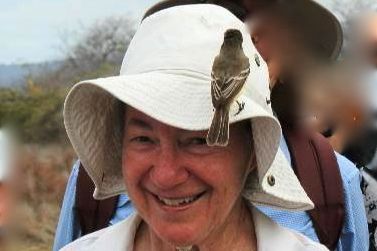

 |
One reason we decided to go back to the Galapagos was to get incredible close to the animals in a natural setting. We were not disappointed! | j |
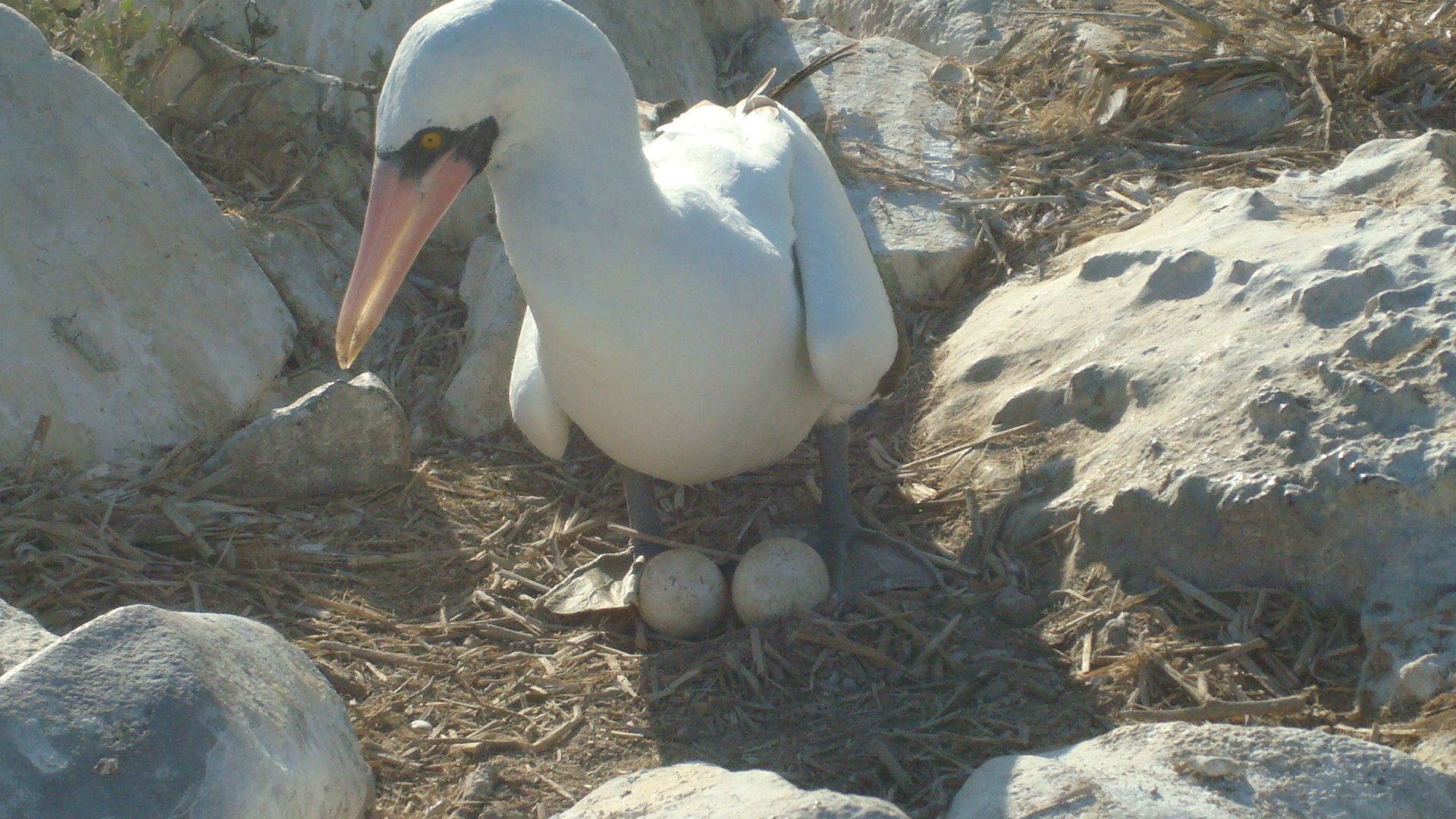
|
 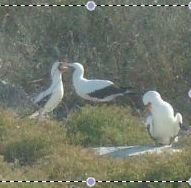 |
 |
 |
| Sea Nazca Booby on eggs |
Blue Footed Booby |
Albatross |
Pelicans |
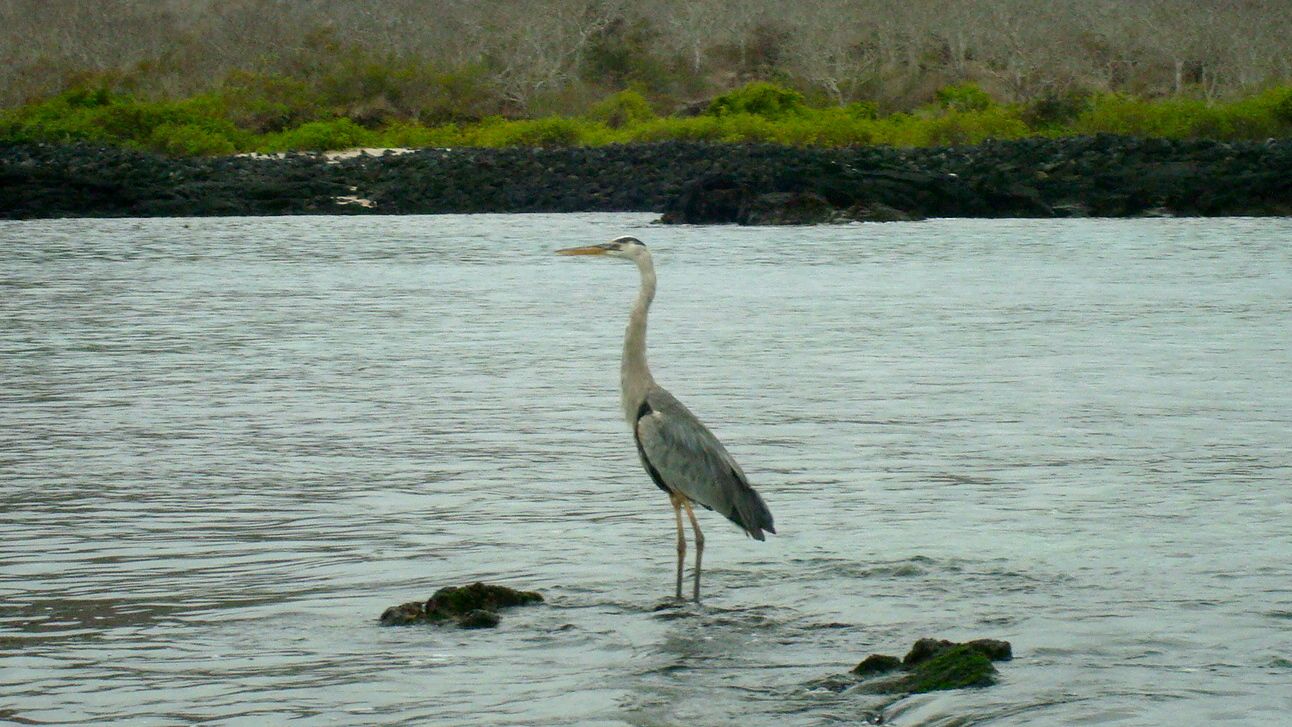 |
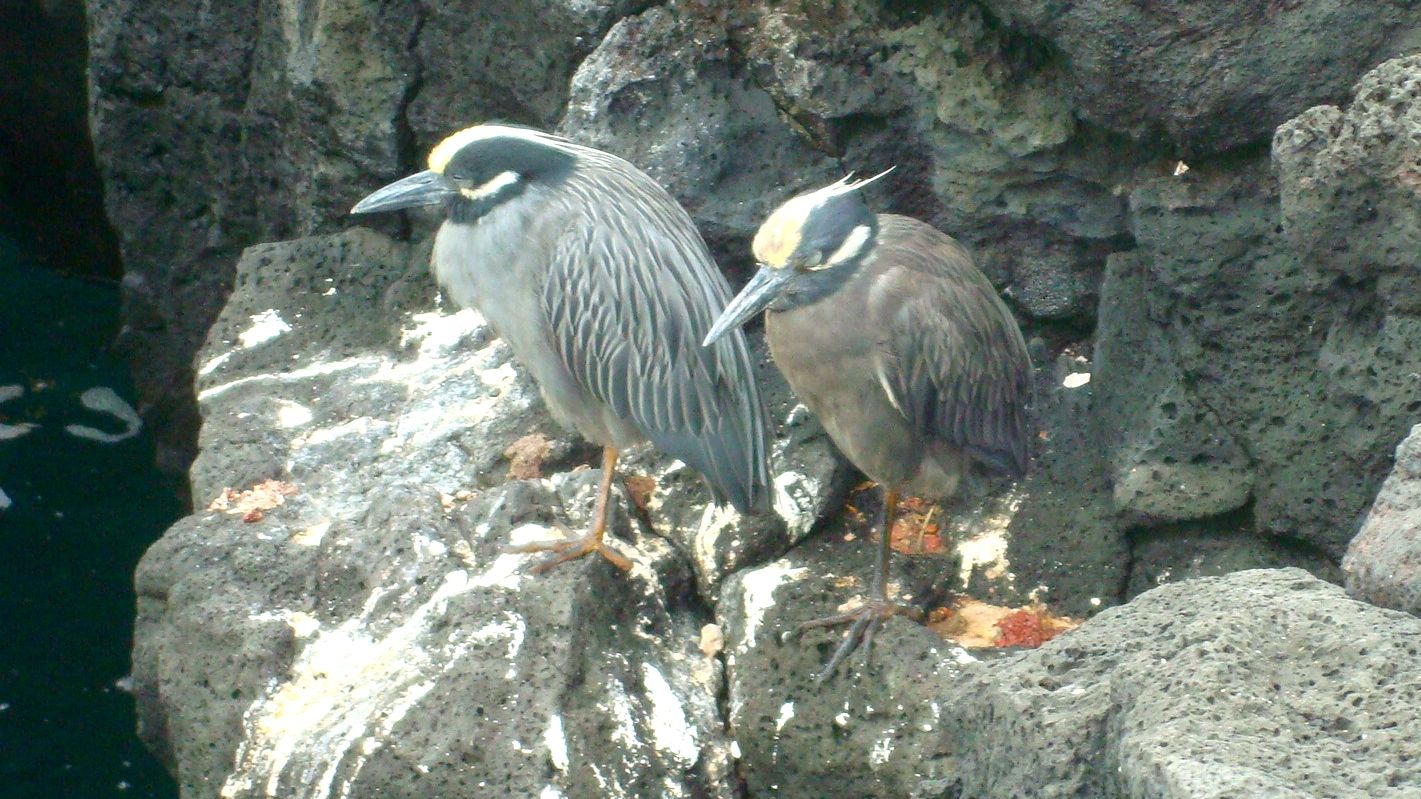 |
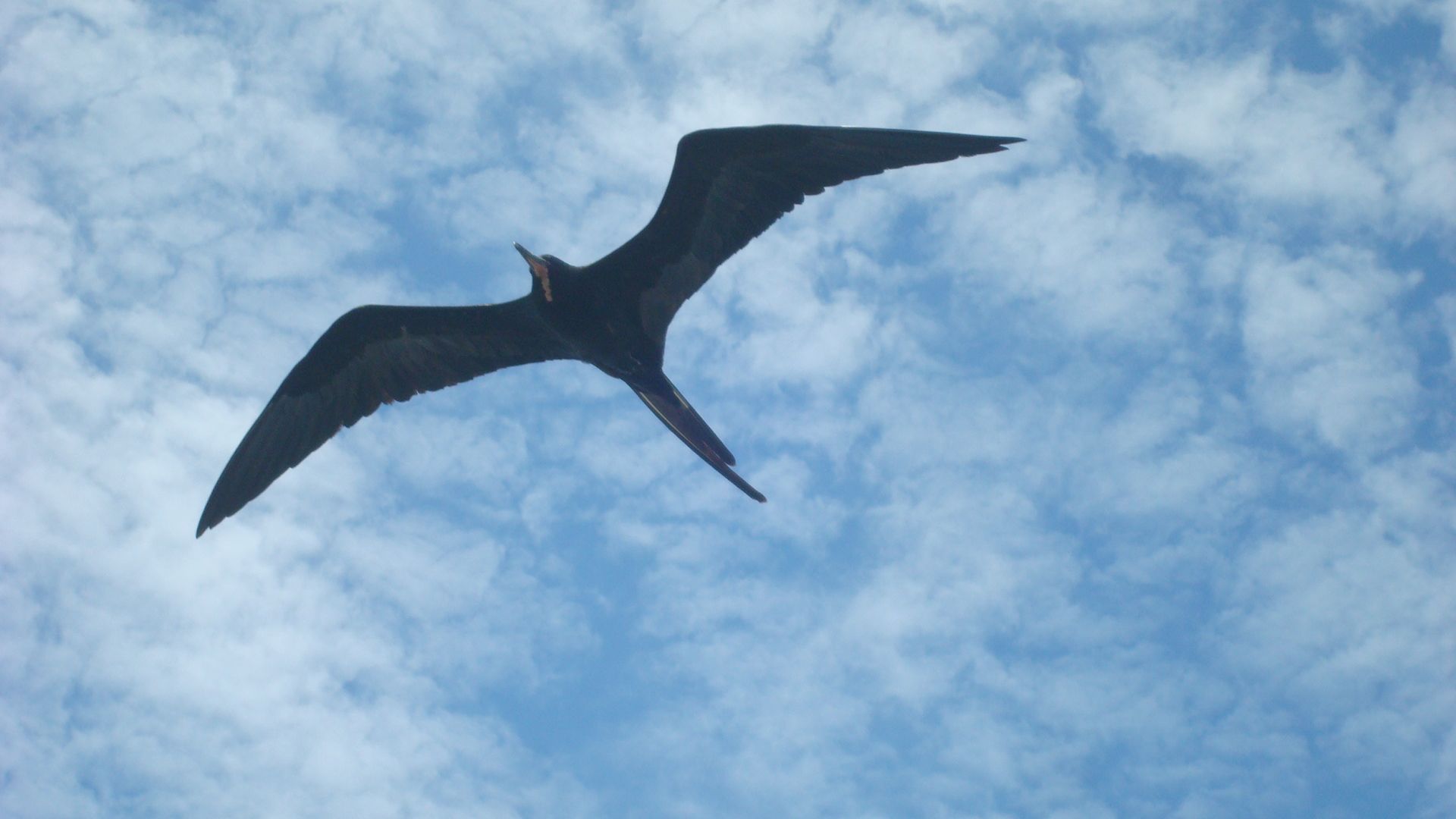 |
 |
| Great Blue Heron |
Striated Heron |
Frigate |
Hawk |
 |
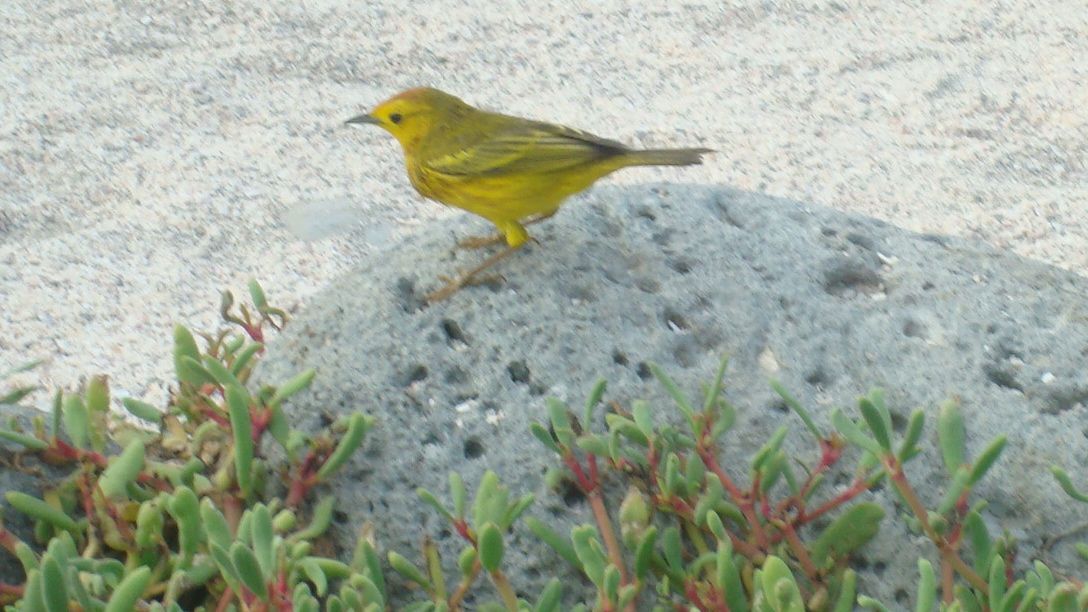 |
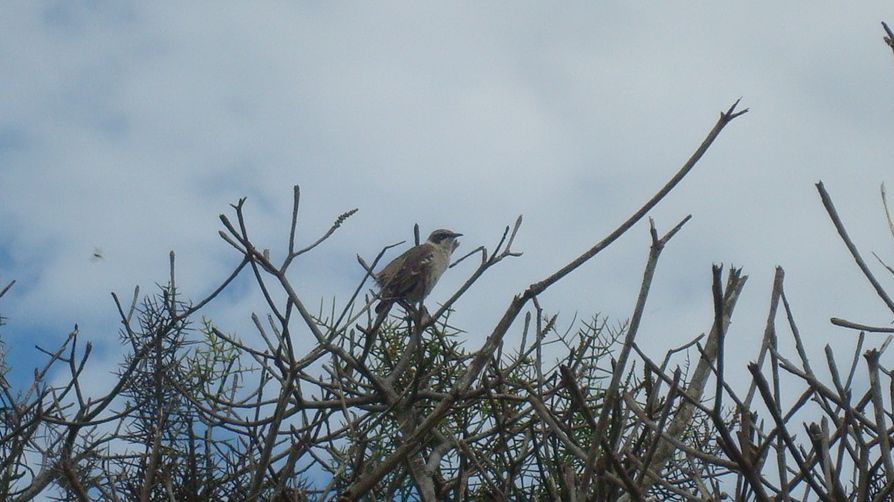 |
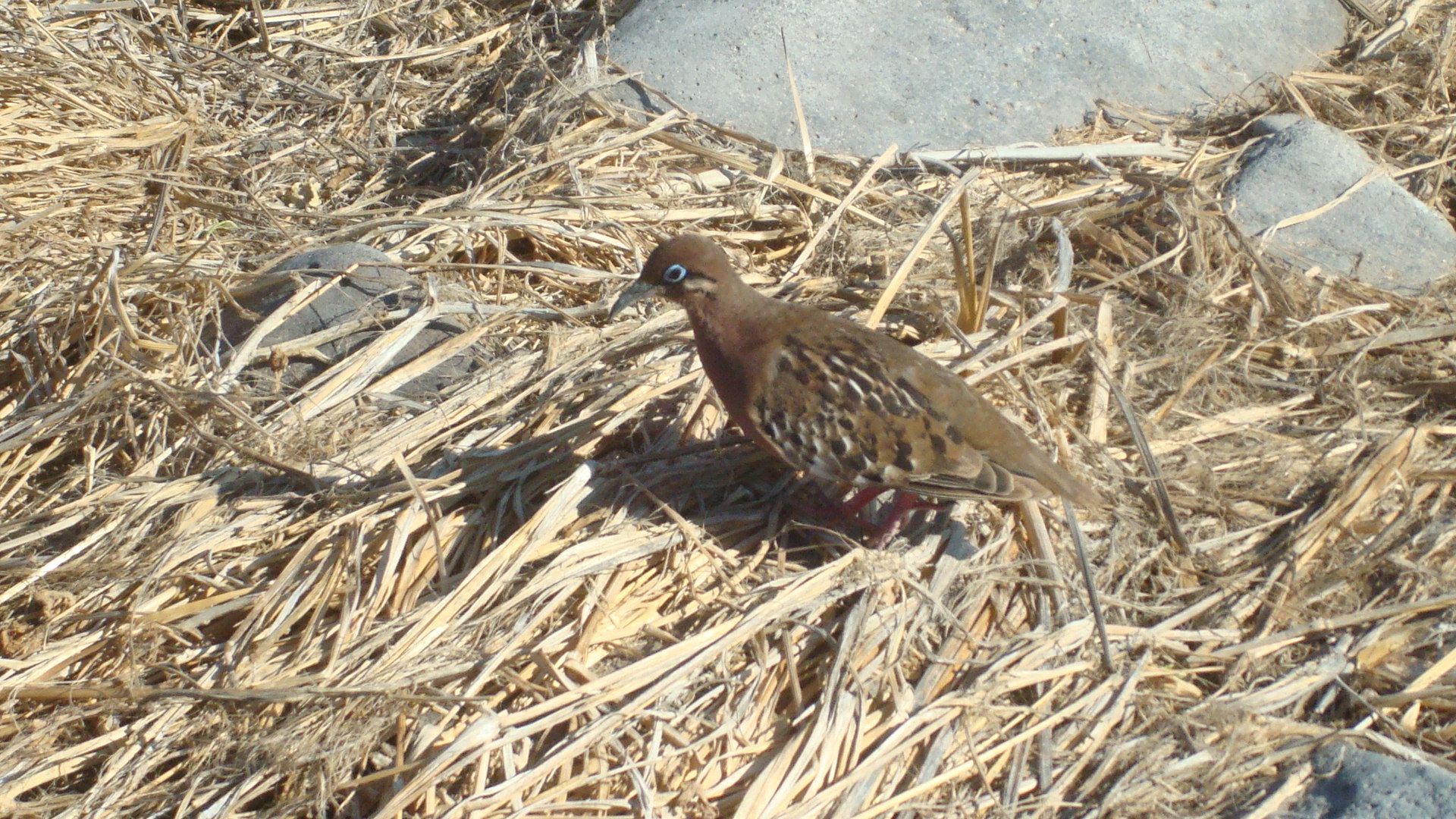 |
| Mockingbird |
Yellow Warbler |
Finch |
Dove |
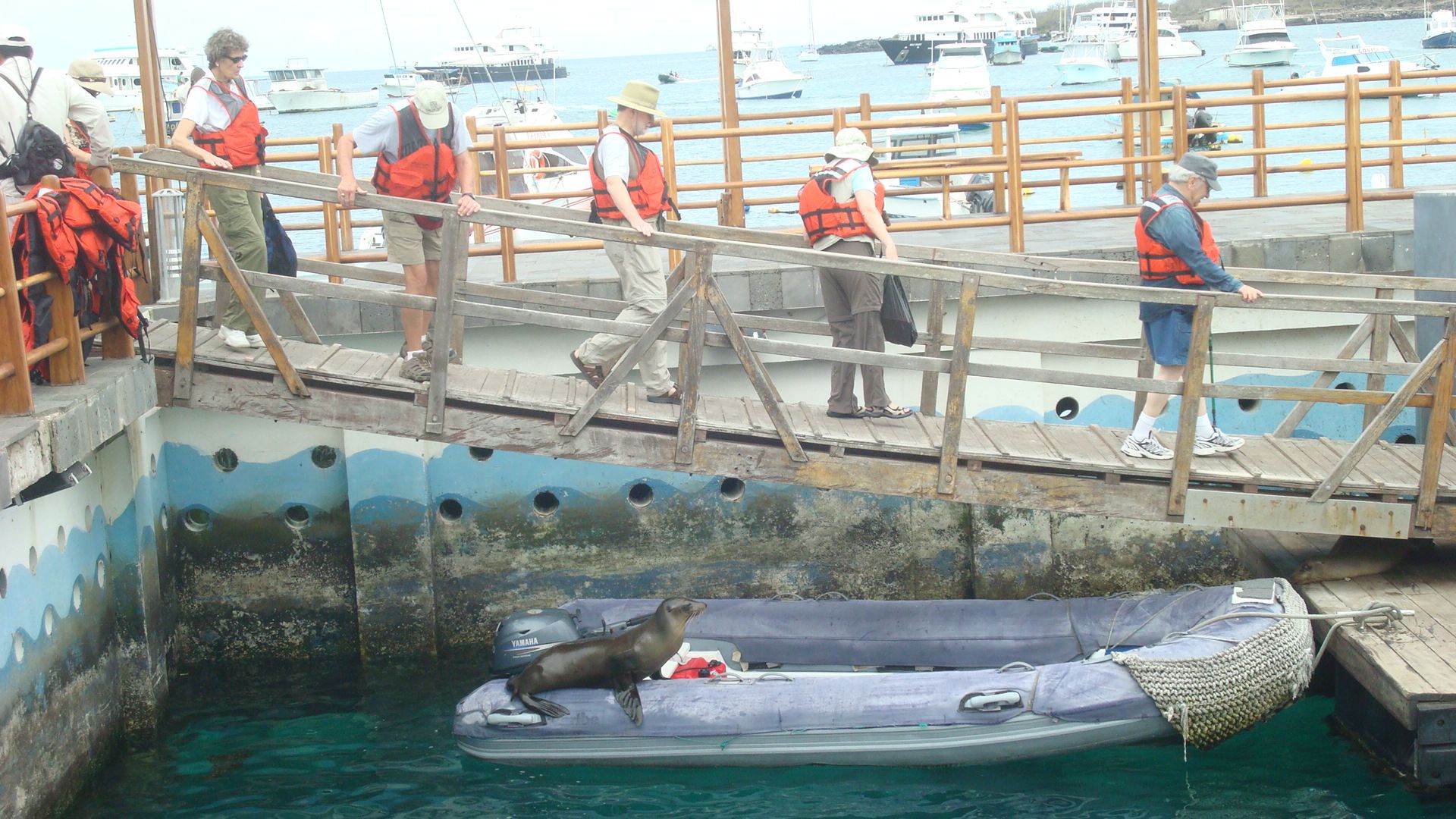 |
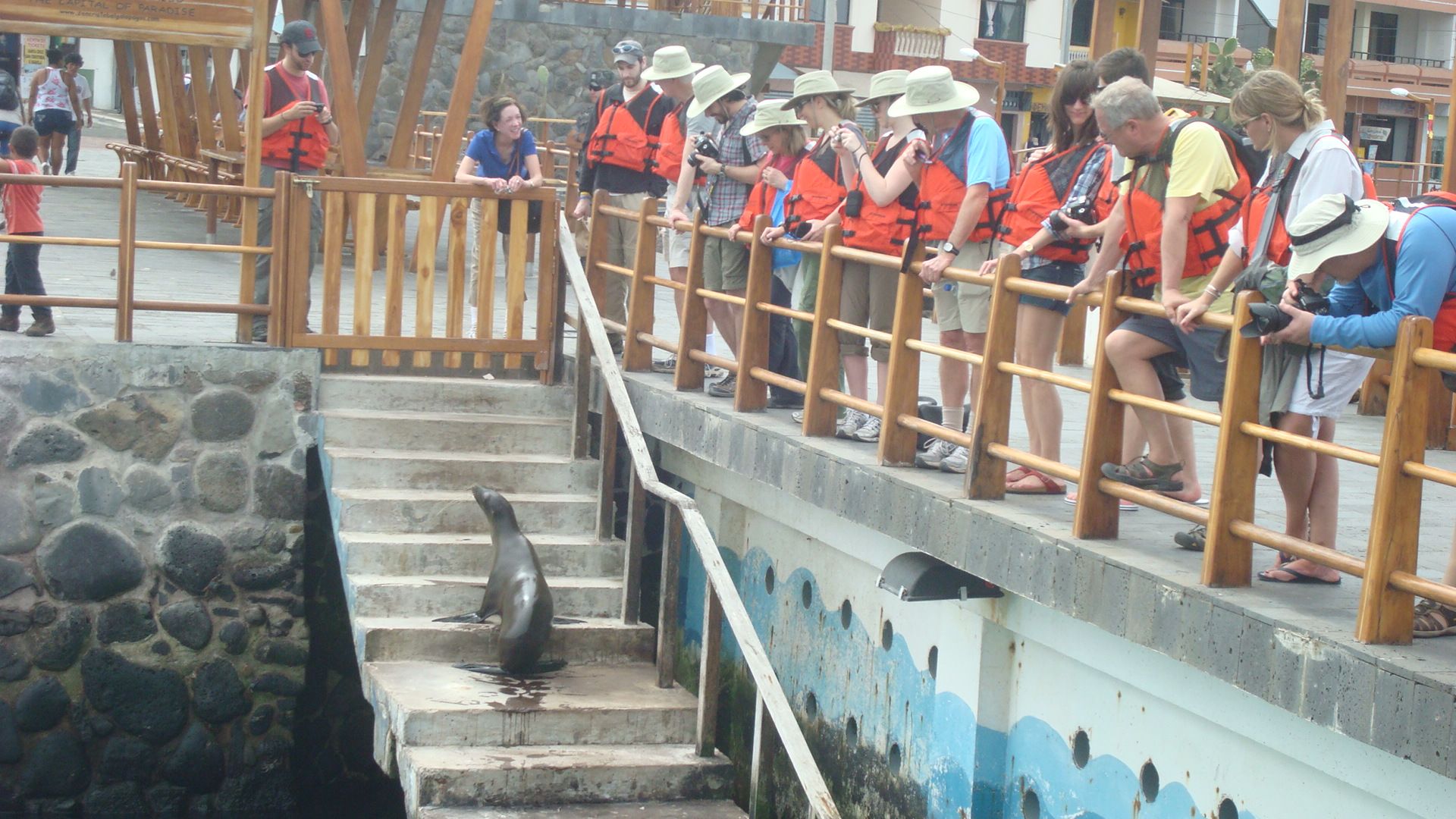 |
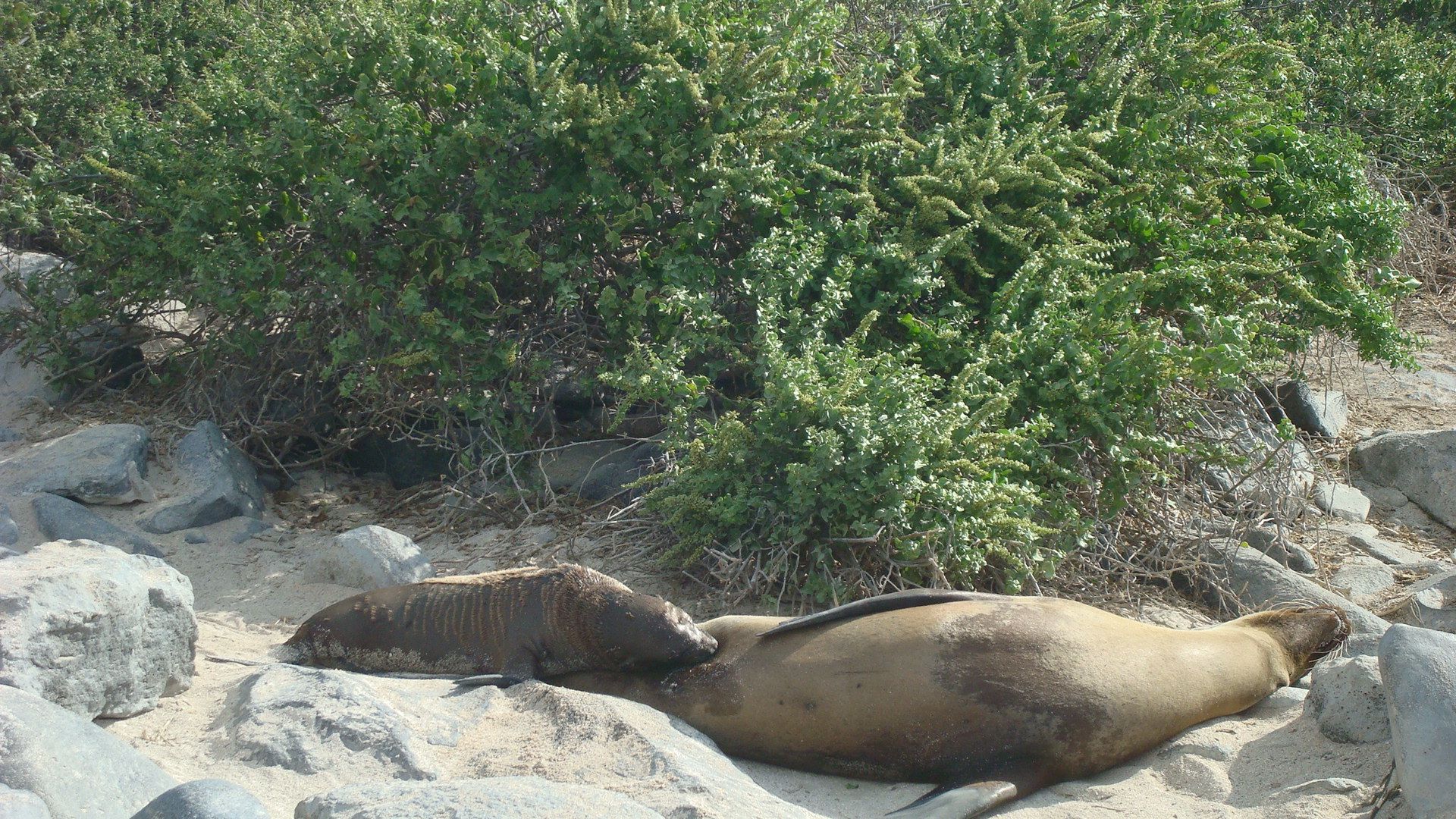 |
 |
| Sea lion protecting boat... |
Sea lion greeting us... |
Sea lion nursing |
Giant Tortoises |
 |
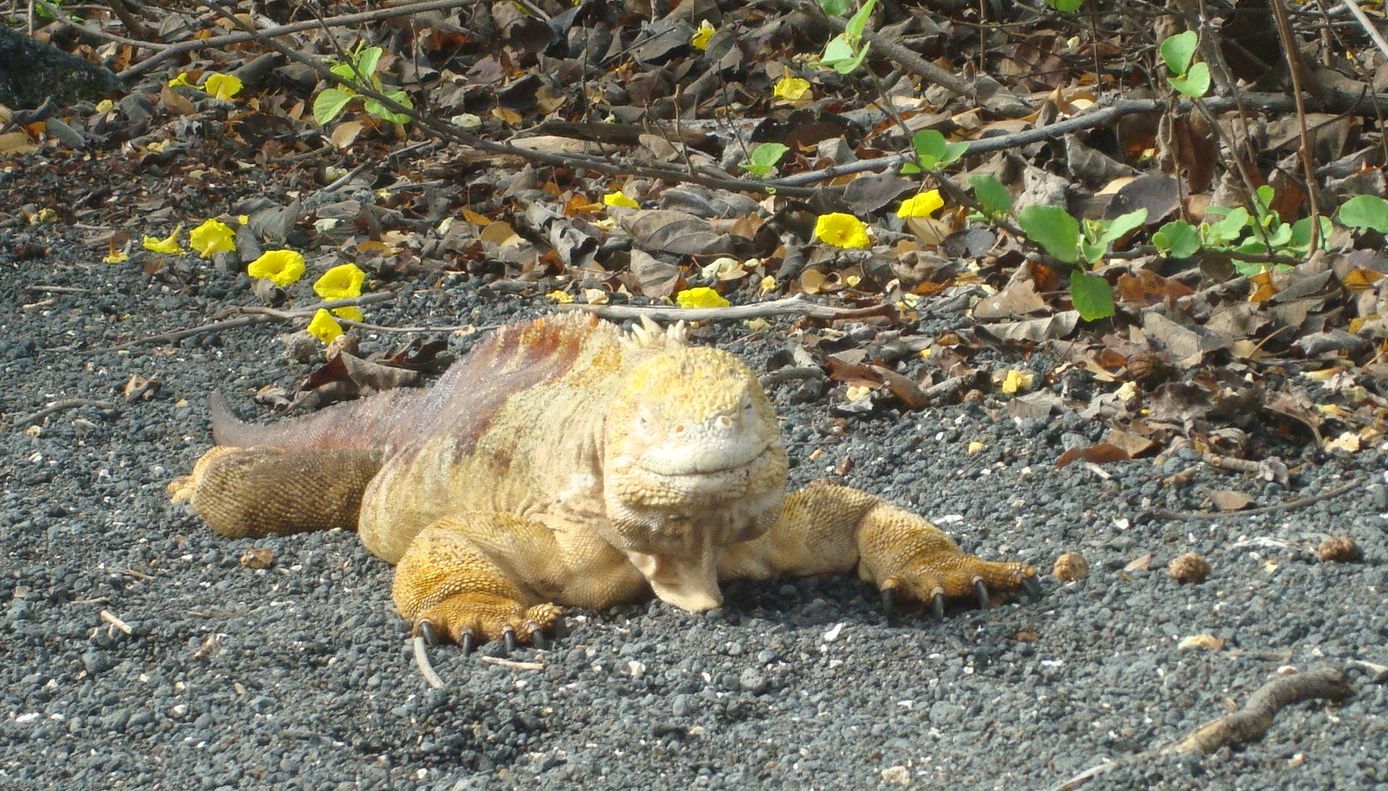 |
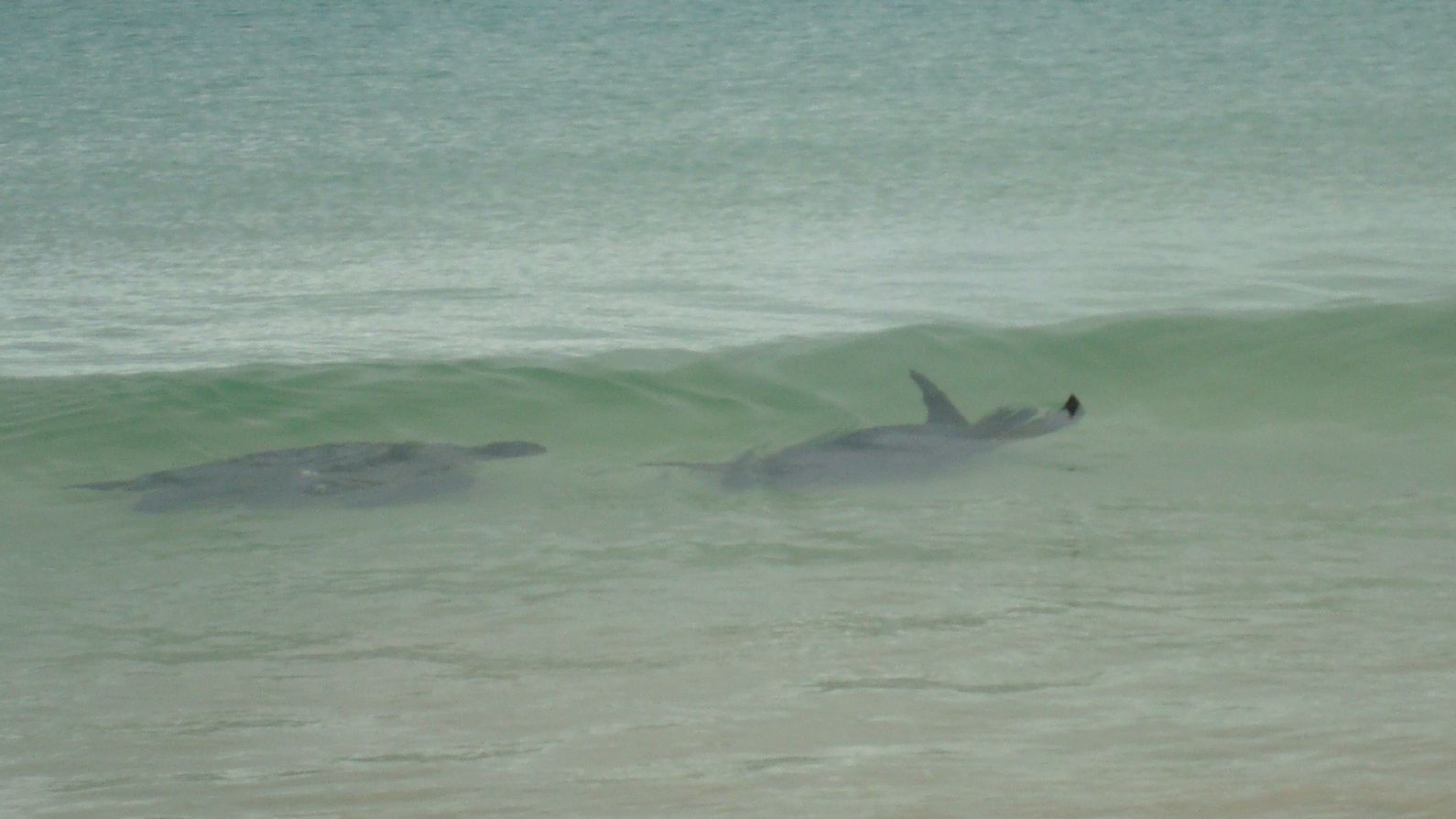 |
 |
| Marine Iguana |
Land Iguana |
Sea Turtles |
Sally Lightfoot Crabs |
 |
The Galapagos Islands are
a chain of 15 volcanic islands about 600 miles west of
Ecuador. They were made famous by the travels of
Charles Darwin who was amazed by the diversity of plants and
birds found in such a closely grouped set of islands.
He pondered the question “What would explain different
species of birds on two adjacent island?” Our cruise took us to 14 different landing on seven different islands. Part of what makes the Galapagos so unique is the variation that exists from location to location. Even two landings on different sides of the same island present totally different environments. We went ashore in pongas, small rubber boats, to see the diversity for ourselves. Our daily routine consisted of morning and afternoon hikes, with our ship moving to a different location during lunch and during the evening. This arrangement is pretty much standard for all the tour boats in the Galapagos, and is what we did during our 1996 visit. |
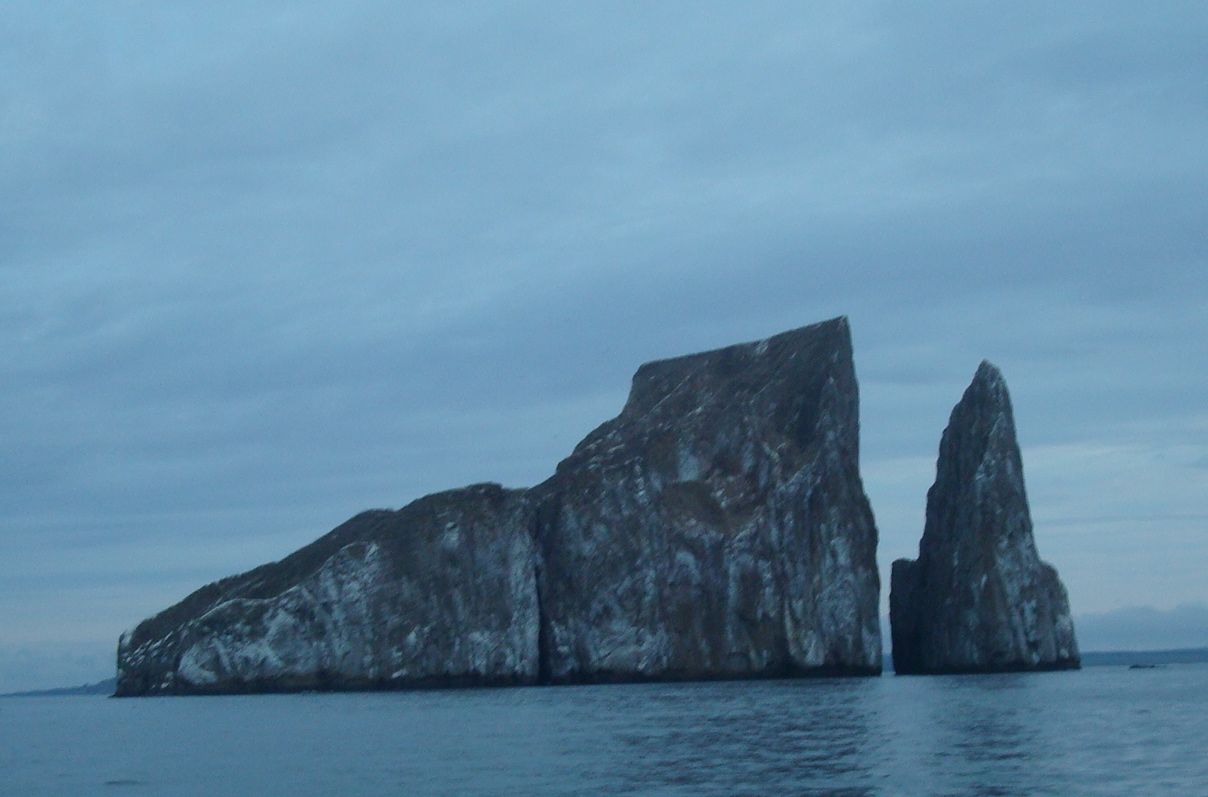
|
San Cristorl (Kicker
Rock) Notice our ponga in front of the rock in the picture to the right. |
 |
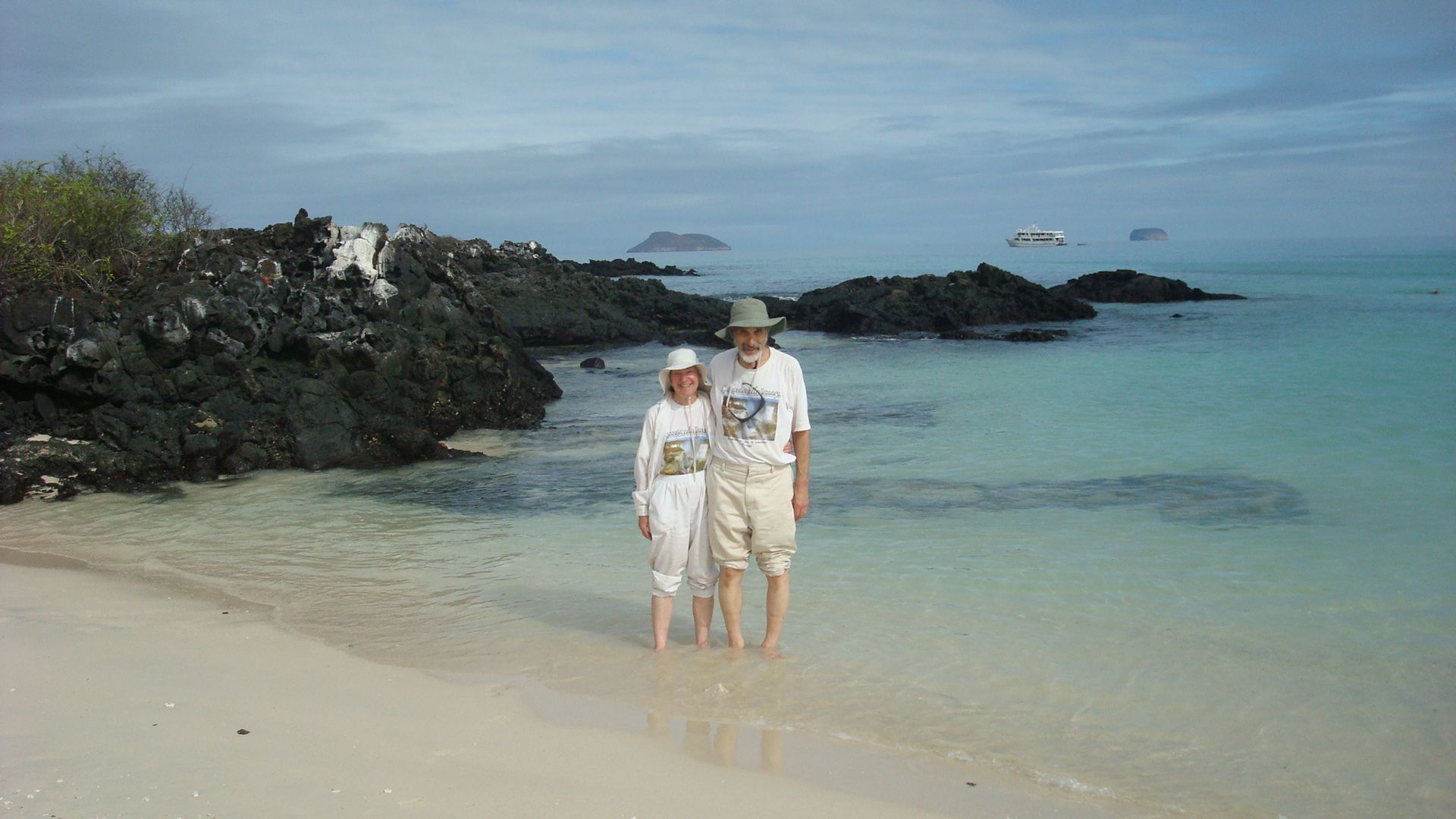 |
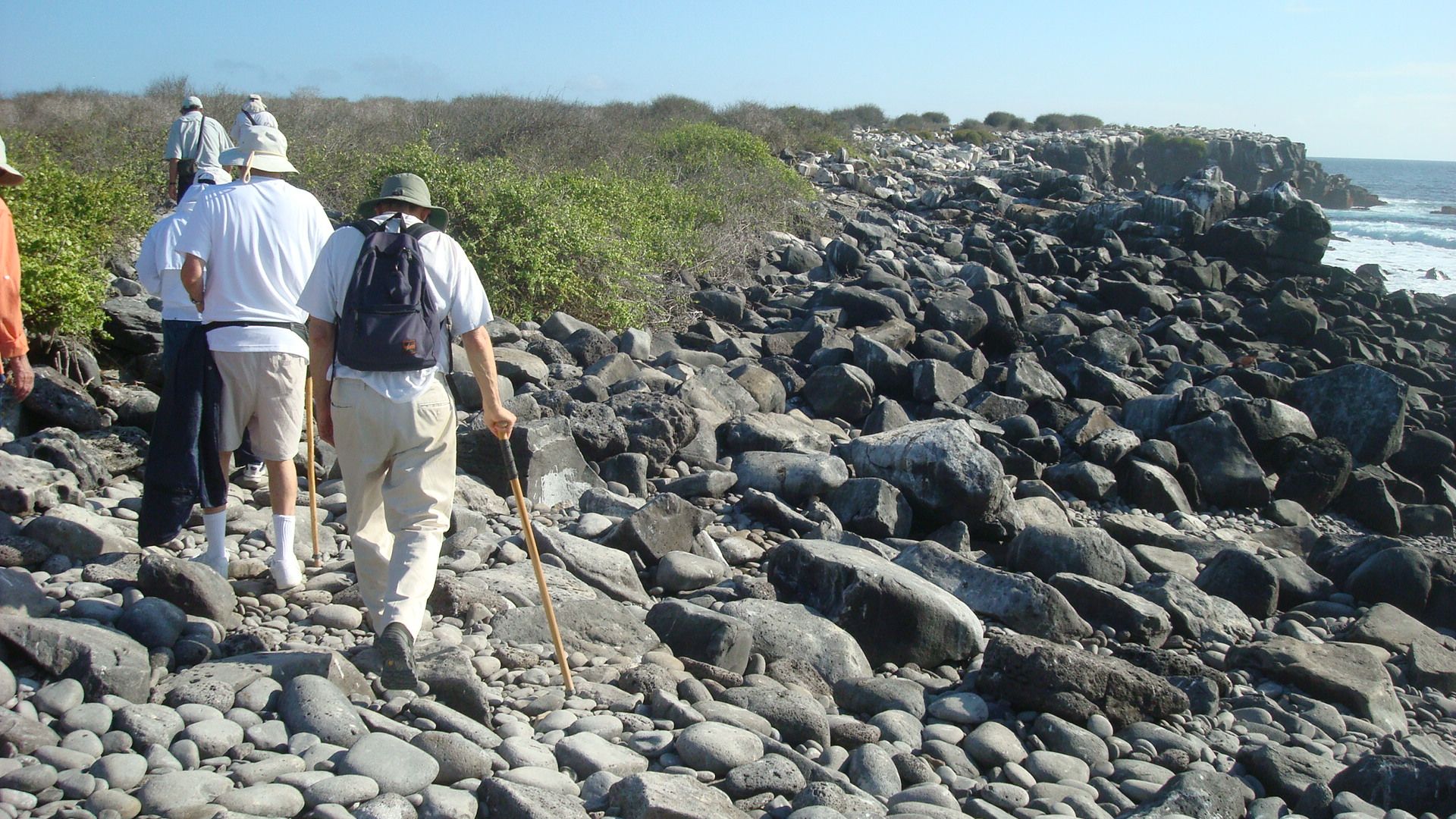 |
| Santa Cruz | Espanola |
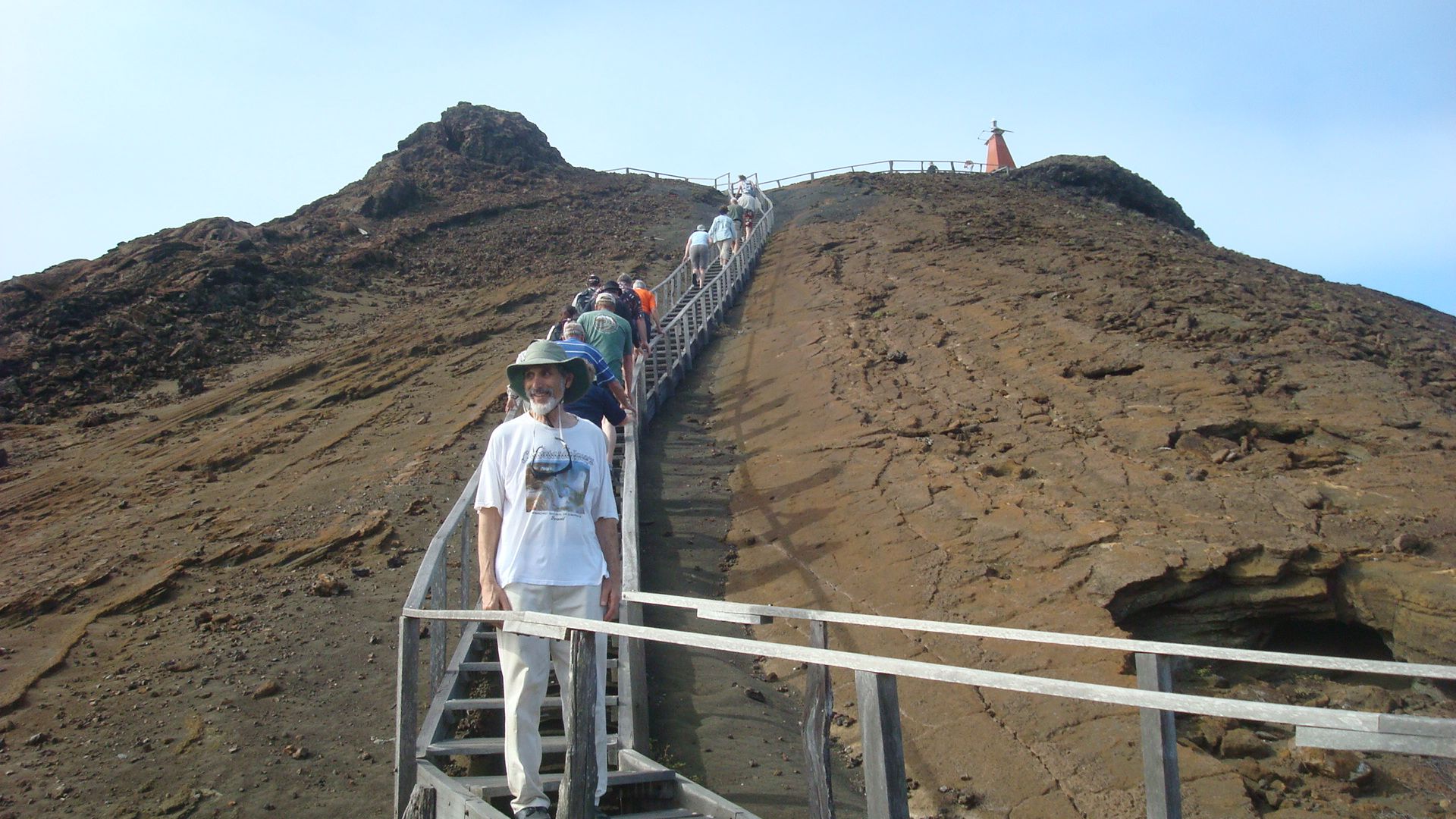 |
Bartolome...a volcanic wasteland...with "blister" cones and craters |  |
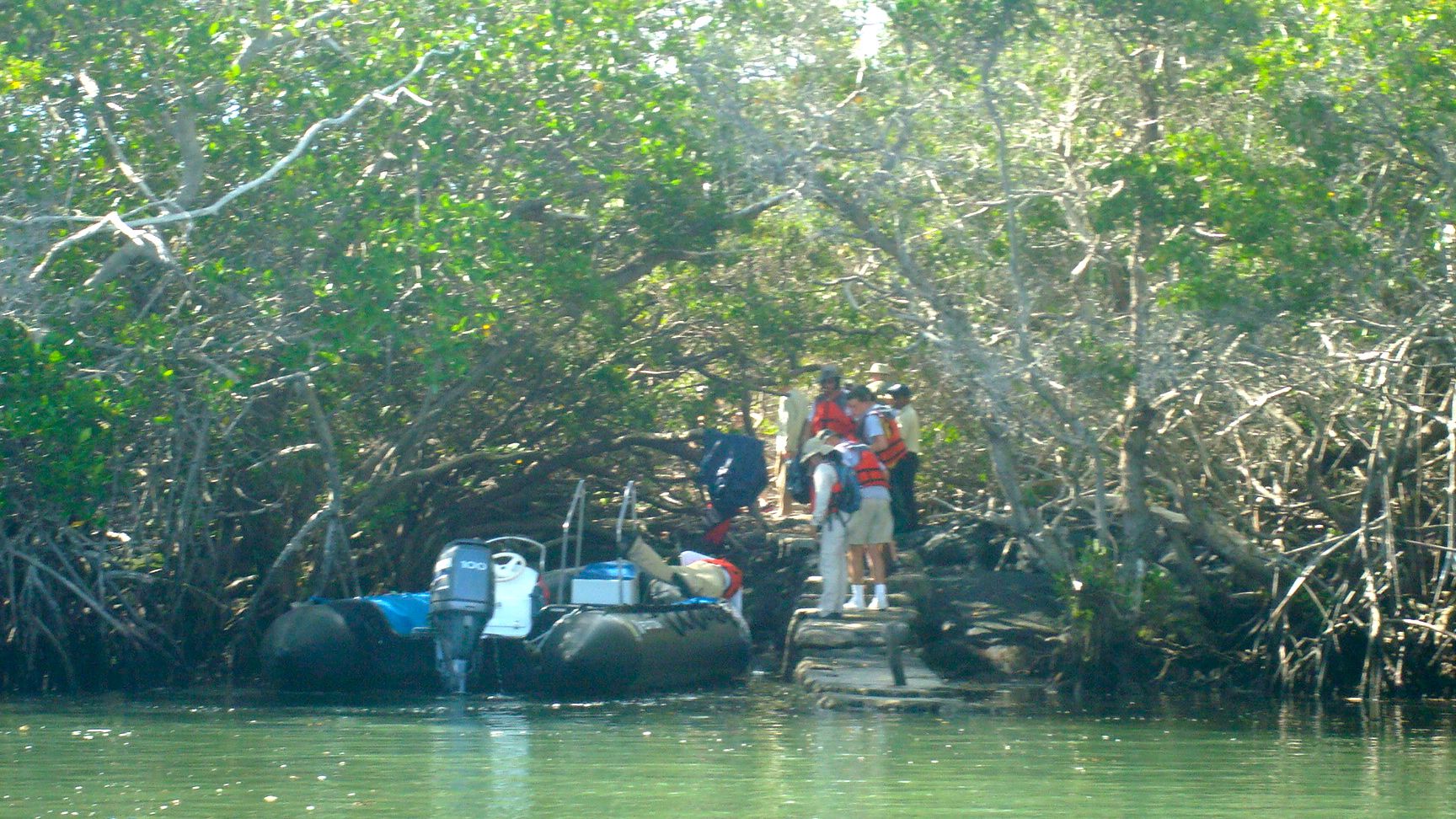 |
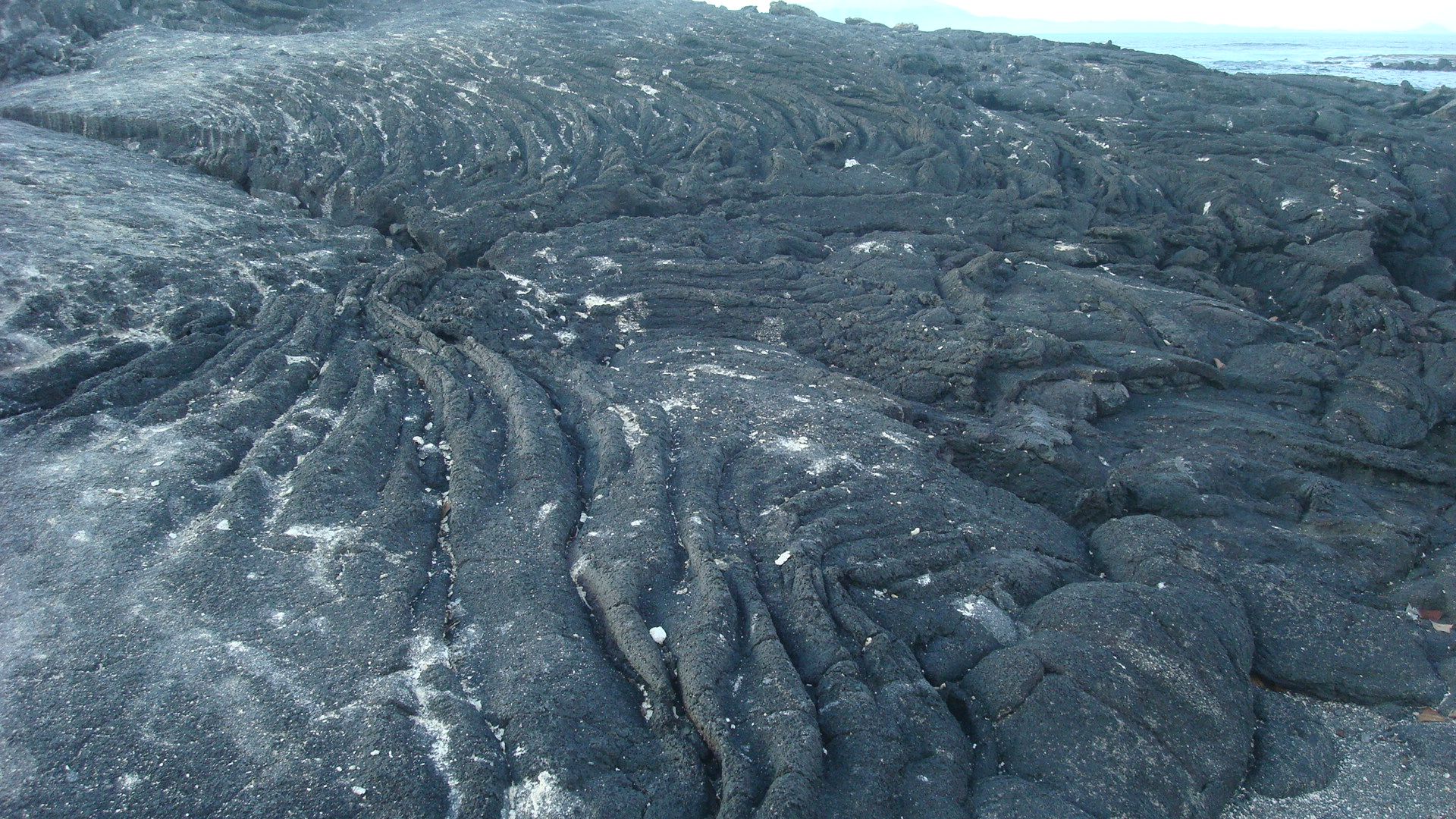 |
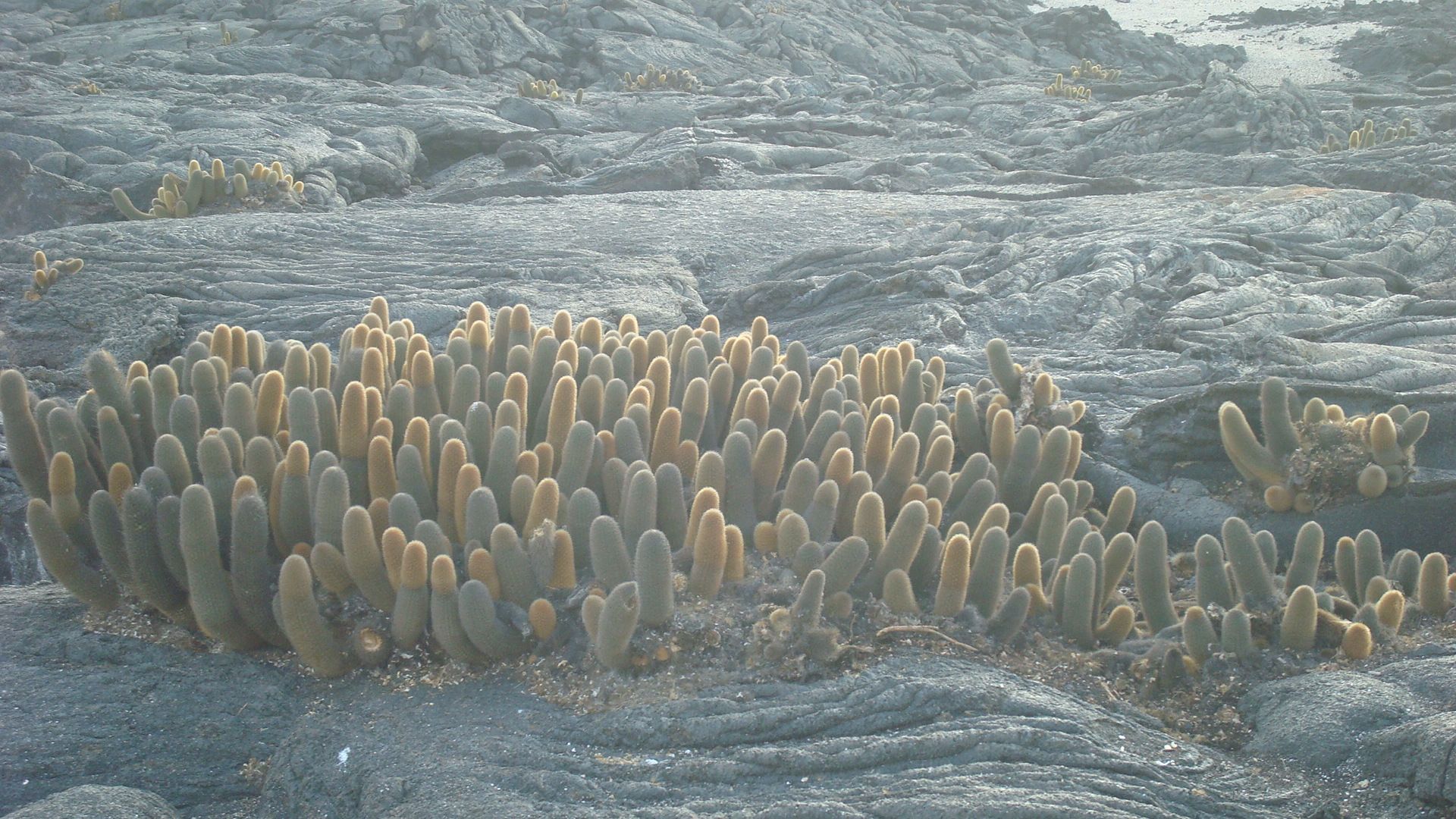 |
 |
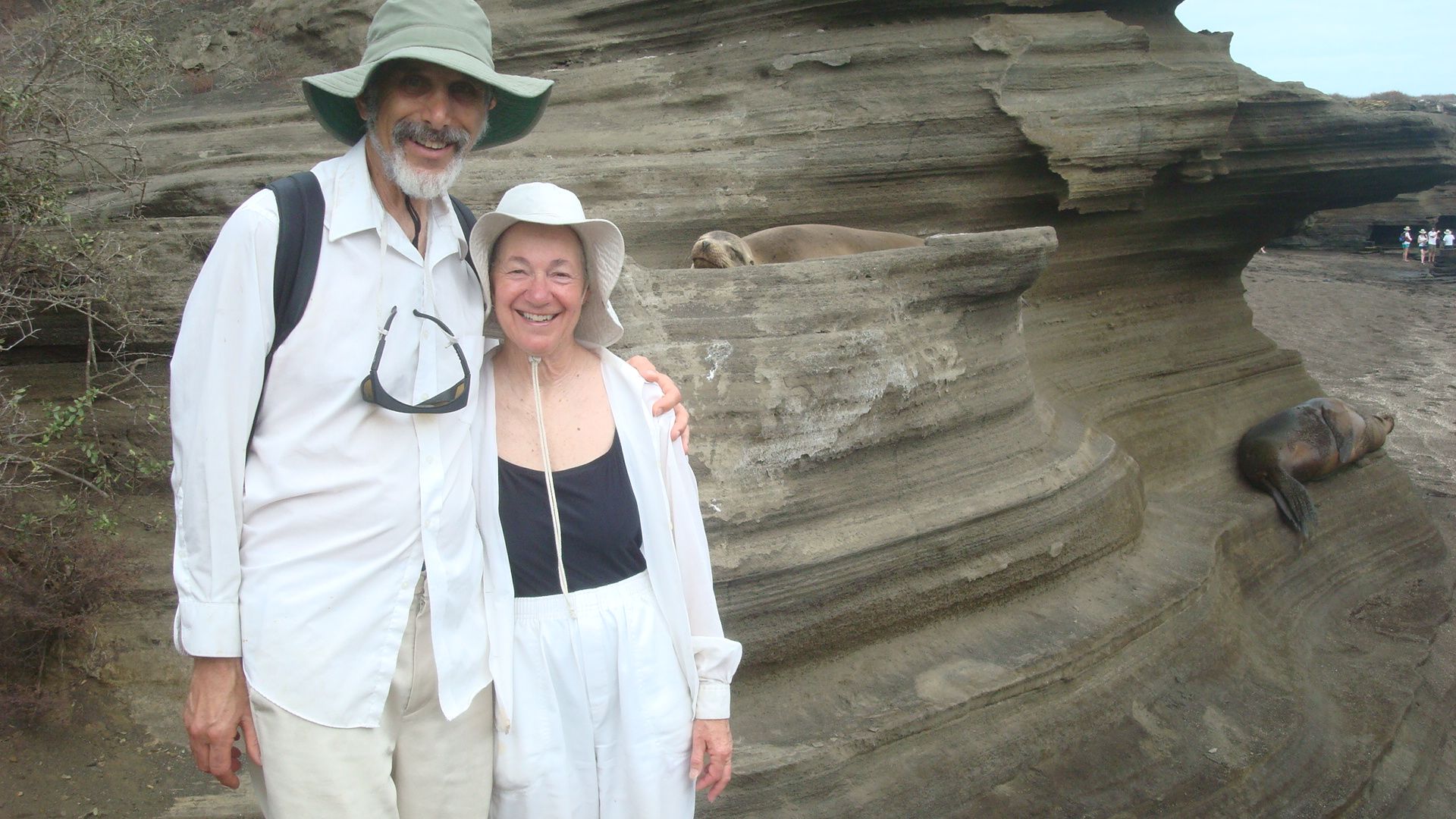 |
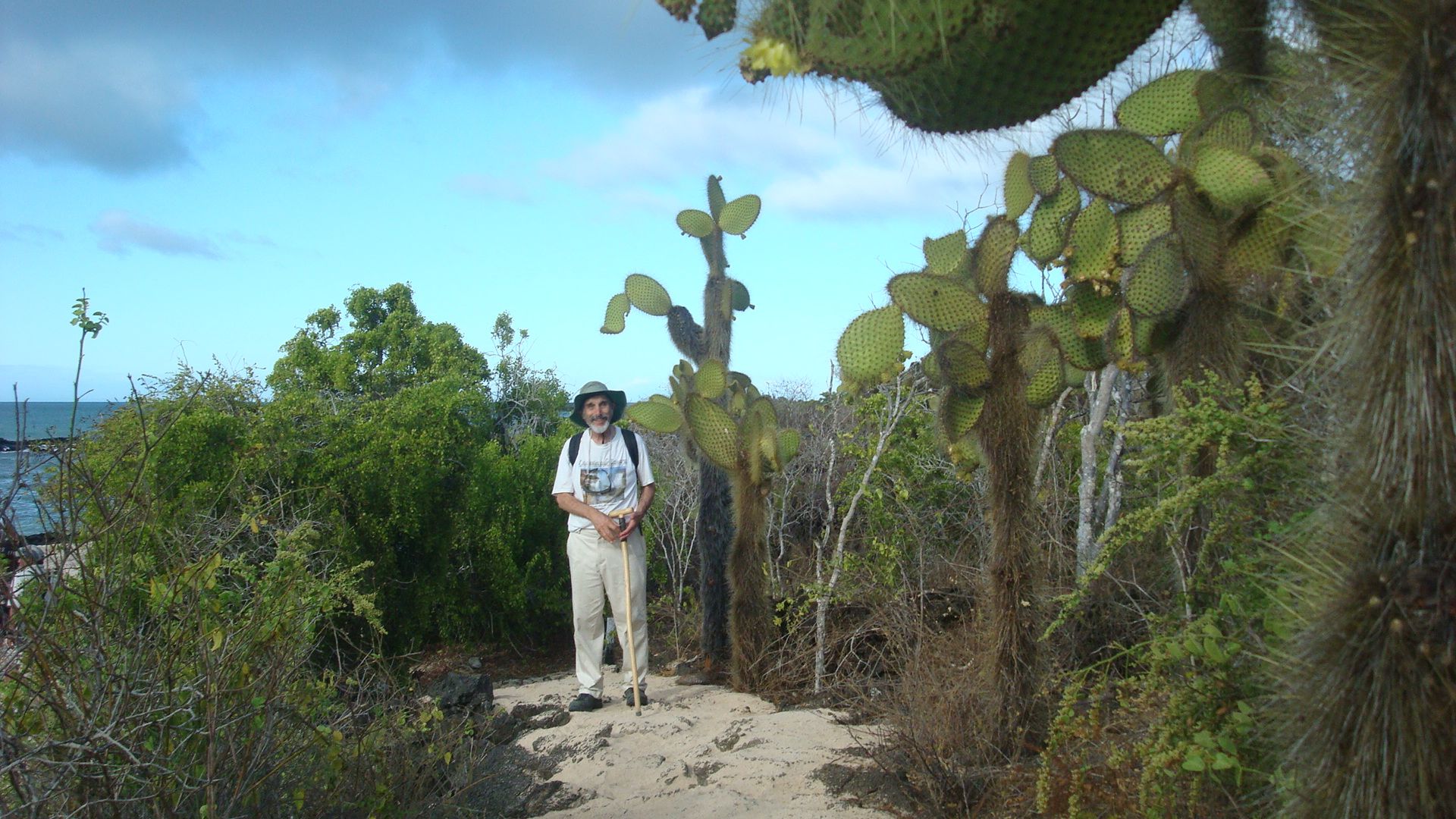 |
| Santiago |
Santiago |
Santa Cruz |
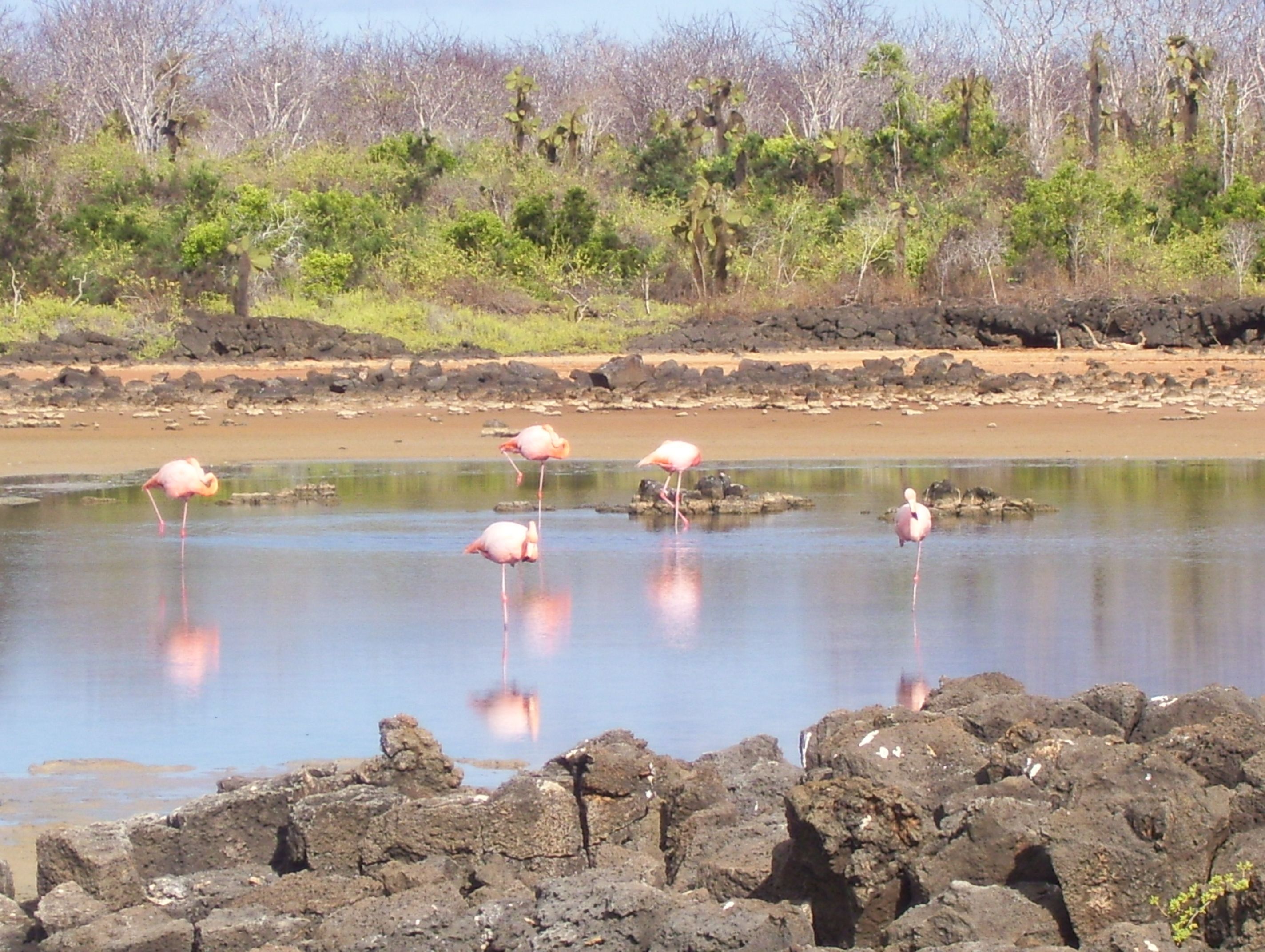 O O |
 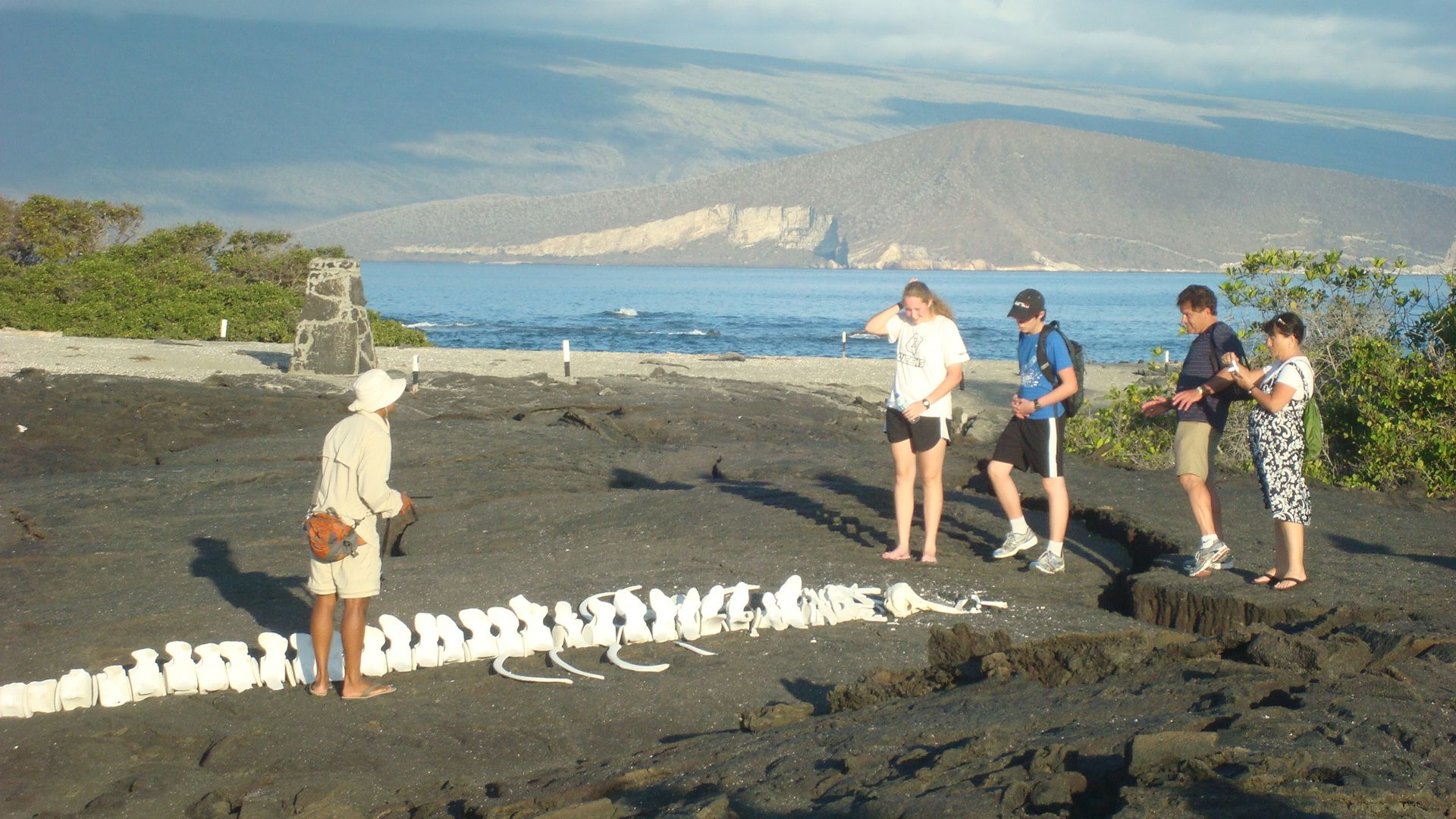 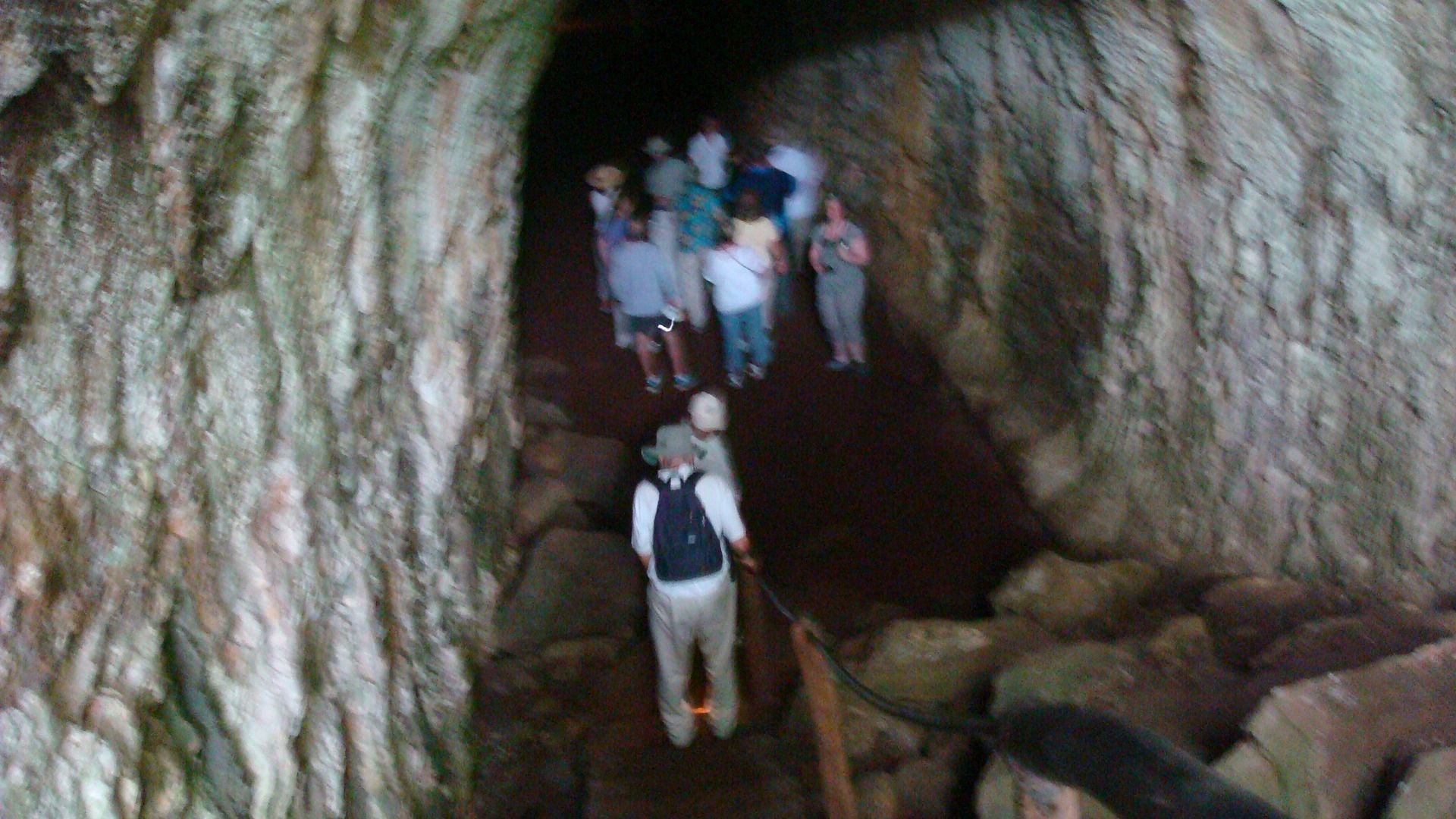 |
Click here for our Amazon Experience